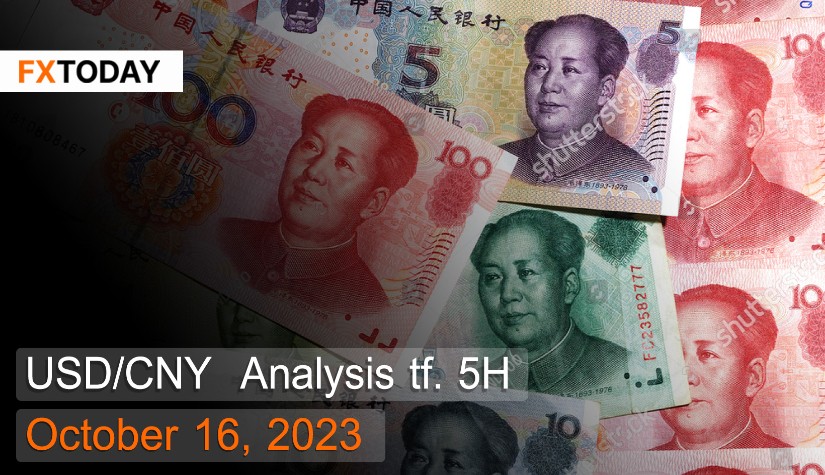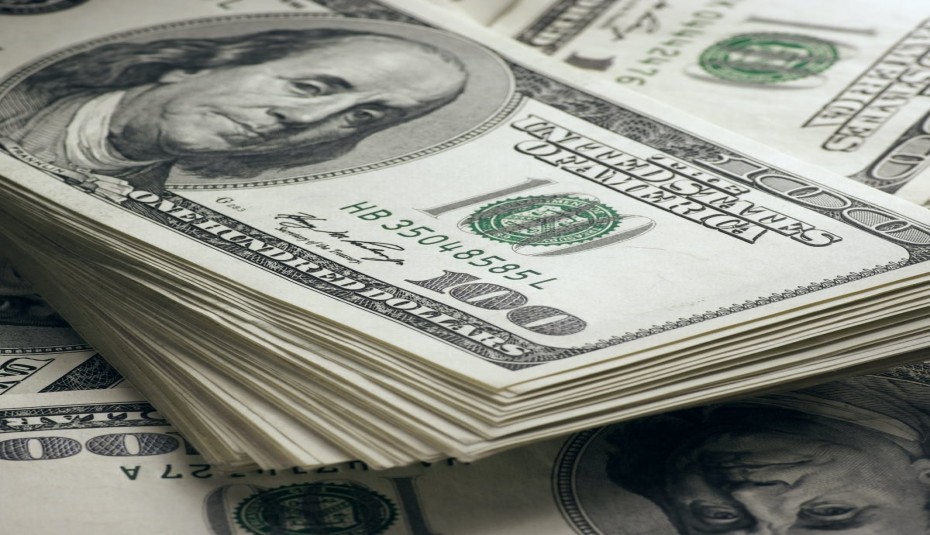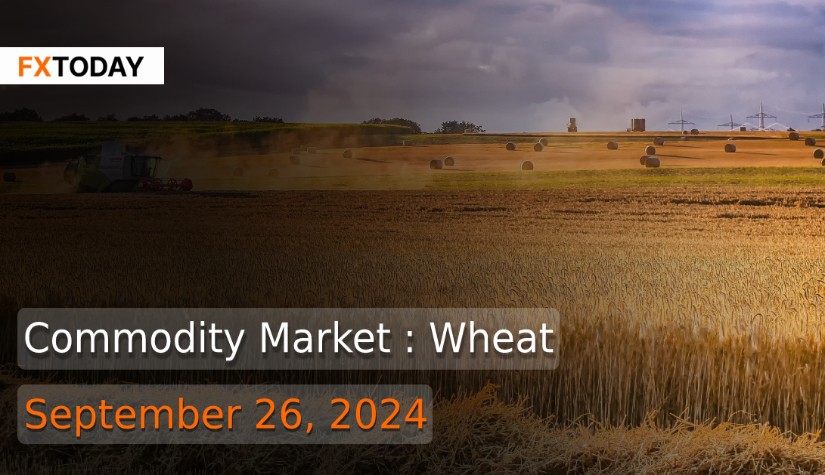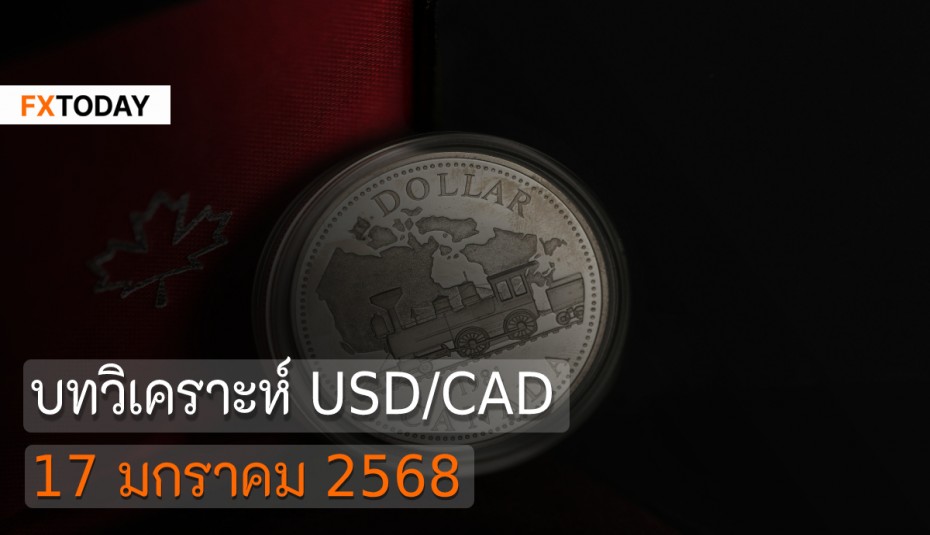China continues to face persistent deflation.
The Chinese yuan (CNY) has started to weaken slightly after experiencing rapid appreciation, as the People's Bank of China (PBOC) recently confirmed its intention to begin guarding against serious currency risks and maintaining the stability of the yuan. The yuan has been significantly impacted by economic uncertainty in China and multiple interest rate cuts by the central bank. As a result, the Chinese government has had to support the economy to ensure continued growth.
China's inflation rate has returned to 0% on an annual basis after increasing by 0.1% in the previous month. This indicates that China continues to grapple with inflation. The recent depreciation of the yuan over several months has prevented China from lowering interest rates fully, causing concerns among investors about the economy's ability to recover due to the global economic downturn caused by the pandemic.
Food inflation has decreased by 3.2% on a yearly basis in September, resulting in significant reductions in meat prices. This is due to sufficient supply before the Golden Week holiday, leading to a rapid 22% decrease in pork prices, as well as declining prices for fresh vegetables and fruits.
China's trade surplus decreased to $77.71 billion in September, with both exports and imports contracting. This reflects ongoing weakness in both domestic and international demand and is exacerbated by trade tensions, making it more challenging for export sales.
Imports into China fell by 6.2% on a yearly basis, totaling $221.42 billion. This indicates that domestic demand in China has not fully recovered, even with economic stimuli before the Golden Week holiday. Metal imports have decreased significantly, in contrast to significant increases in crude oil and coal imports. This shows China's continued need for energy imports, despite some progress in renewable energy adoption.
China's exports decreased by 6.2% on a yearly basis, totaling $299.13 billion. Trade restrictions continue to affect China, and domestic production growth remains sluggish, making it difficult to export to key trading partners like the United States and the Eurozone. However, trade with Russia remains robust, with exports increasing by 21%.
Techical analysis data (5H)
Resistance: 7.3103, 7.3114, 7.3130
Support: 7.3076, 7.3060, 7.3050
Source: Investing.com
| Name | S3 | S2 | S1 | Pivot Points | R1 | R2 | R3 |
| Classic | 7.3050 | 7.3060 | 7.3076 | 7.3087 | 7.3103 | 7.3114 | 7.3130 |
| Fibonacci | 7.3060 | 7.3071 | 7.3077 | 7.3087 | 7.3097 | 7.3103 | 7.3114 |
| Camarilla | 7.3085 | 7.3088 | 7.3090 | 7.3087 | 7.3095 | 7.3097 | 7.3100 |
| Woodie's | 7.3052 | 7.3061 | 7.3078 | 7.3088 | 7.3105 | 7.3115 | 7.3132 |
| DeMark's | - | - | 7.3081 | 7.3090 | 7.3108 | - | - |
Buy/Long 1: If the price touches support in the price range of 7.3060 - 7.3076 but cannot break the support at 7.3076, you may set a TP at approximately 7.3114 and SL at around 7.3050 or according to your acceptable risk.
Buy/Long 2: If the price breaks the resistance in the price range of 7.3103 - 7.3114, you may set a TP at approximately 7.3130 and SL at around 7.3060 or according to your acceptable risk.
Sell/Short 1: If the price touches resistance in the price range of 7.3103 - 7.3114 but cannot break the resistance at 7.3103, you may set a TP at approximately 7.3060 and SL at around 7.3130 or according to your acceptable risk.
Sell/Short 2: If the price breaks the support in the price range of 7.3060 - 7.3076, you may set a TP at approximately 7.3050 and SL at around 7.3114 or according to your acceptable risk.
| Name | Value | Action |
| RSI(14) | 59.428 | Buy |
| STOCH(9,6) | 84.355 | Overbought |
| STOCHRSI(14) | 100.000 | Overbought |
| MACD(12,26) | 0.002 | Buy |
| ADX(14) | 28.575 | Buy |
| Williams %R | -0.788 | Overbought |
| CCI(14) | 149.3777 | Buy |
| ATR(14) | 0.0049 | Less Volatility |
| Highs/Lows(14) | 0.0053 | Buy |
| Ultimate Oscillator | 66.208 | Buy |
| ROC | 0.175 | Buy |
| Bull/Bear Power(13) | 0.0106 | Buy |
|
Buy:8 Sell:0 Neutral:0 Summary:Strong Buy |
||
















